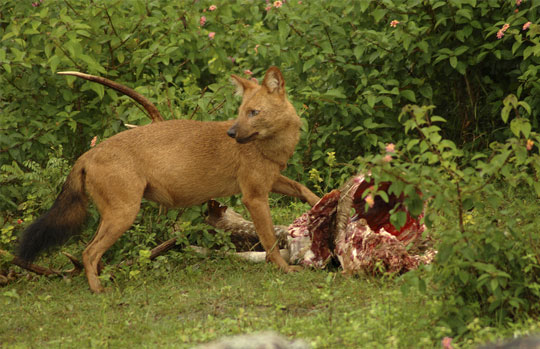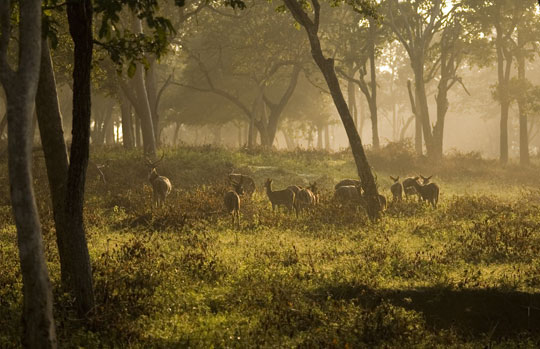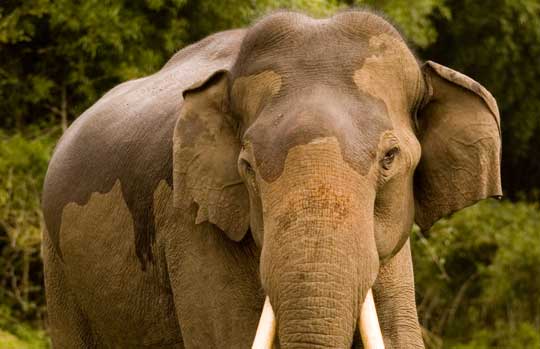Elephants in Nagarhole
It is home to the largest population of Asiatic Elephants in the world & among the best places to see Elephants in India. The Kabini reservoir separates this park from Bandipur National Park. What makes Kabini special is that every summer, it hosts the world’s largest congregation of Asiatic elephants in the world. Every year between April and May, close to 800 elephants migrate to the Kabini backwaters in search of water and vegetation, As Kabini River shrinks, its exposed river bed quickly becomes carpeted in grass. When the rest of the park is drying out, these green pastures and the abundance of food along the banks of the river attract elepahnts and other wildlife.




